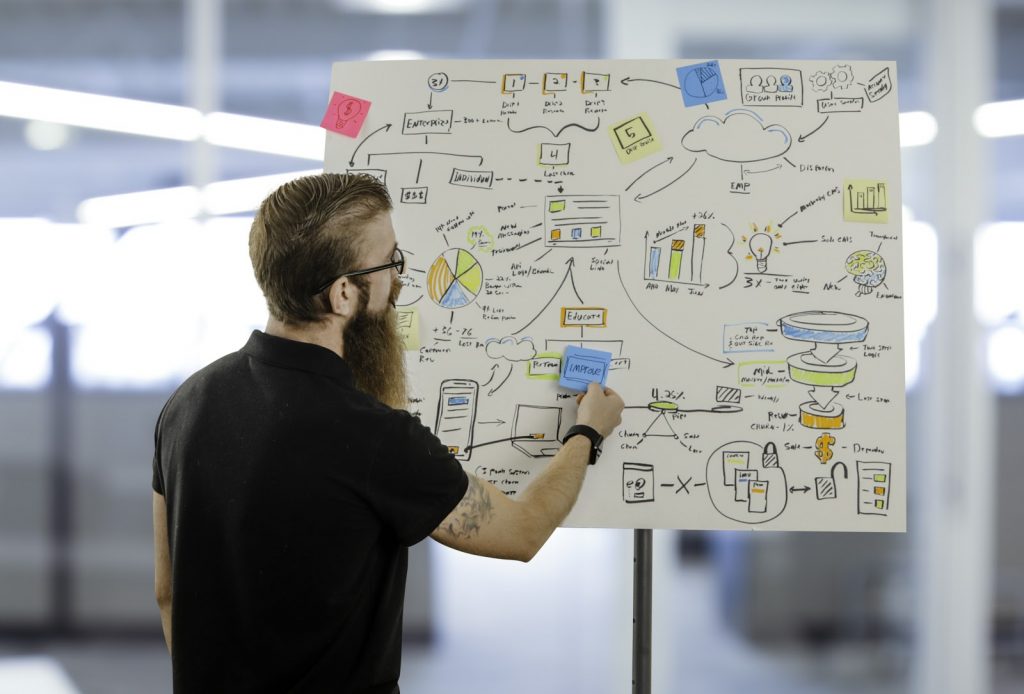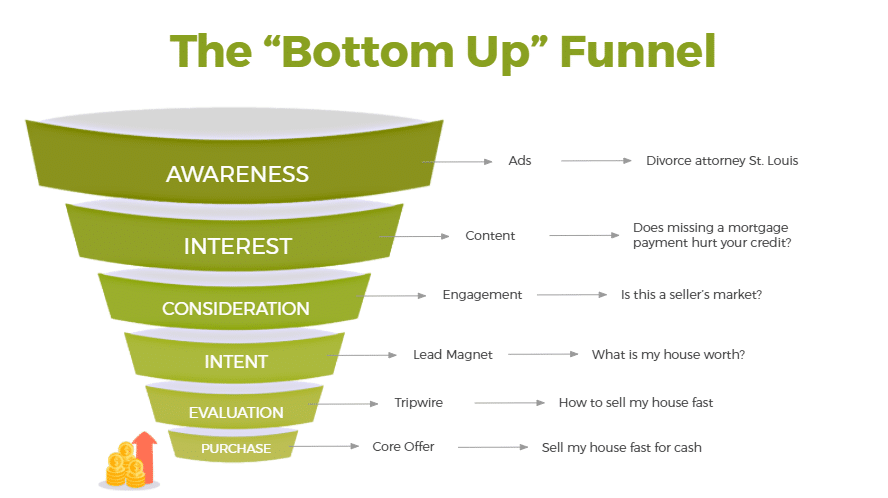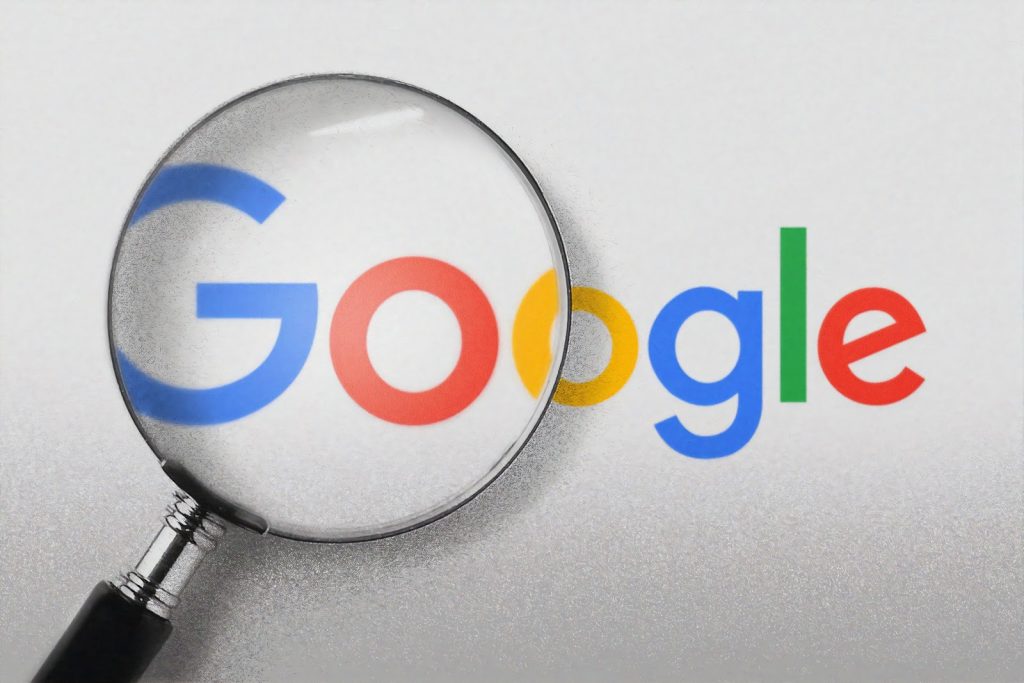
Note: This blog is Part 1 of a 2-part series created from a presentation Kasim Aslam gave at the Midwest Digital Marketing Conference (MDMC) in 2019. You can view the presentation in its entirety here.
Most of us know what a traditional marketing funnel looks like.
Created to illustrate the step-by-step journey of nurturing a prospect (i.e., a potential buyer) through the different stages of the sales process, it typically starts at the top with Awareness and continues on through Interest, Consideration, Intent, and Evaluation before ending at the all-important final stage: Purchase.
Some marketers may call the stages by different names or include more (or fewer) stages within the funnel, but the general idea is the same: Start at the top, and hone your strategy accordingly as you navigate prospects down through the funnel toward making a purchase.
From enterprise-level organizations to small startup companies, this tried-and-true method is how marketers have been taught to market.

There’s just one problem: The traditional marketing funnel is flawed.
While there’s no denying that the route most consumers take to buy a product follows the progression from Awareness to Purchase, the way we (as marketers) are approaching this information is incorrect.
Let’s think about the Awareness stage for a moment.
The word awareness, in this context, does not mean the consumer is aware of your brand (or your product or service). Rather, it means they are aware of a specific problem or a need for which they’re looking for a solution.
However, simply because the user’s journey starts at Awareness, marketers have been led to believe that our journey should start there, too. Which means that with everything from ad copy to web content, you are continually tossing the proverbial pasta at the wall to see what sticks (i.e., what messaging moves people further down the funnel).
It’s literally trial and error at every single stage until the user makes a purchase.

But what if we started at the bottom of the funnel and worked our way up?
One of the most crucial benefits the Google Ads platform offers marketers is that it allows them to identify the moment of purchase intent.
Why is this important?
Because once you figure out what your prospects are willing to purchase, what drives them to make a purchase, and what language encourages them to buy, you can use that information to travel backwards up the funnel.
Let’s use the example of a real estate business and a person looking to sell their house quickly.
More often than not, people interested in a quick home sale have experienced a significant life event such as an illness, death, divorce, job loss, or relocation. If you started from the top (at the Awareness stage) like the traditional marketing funnel dictates, you would need to create ads and content for every possible scenario, then sit back and wait to see what actually worked and led to a purchase.
This method is both expensive and time consuming, so why not flip the narrative?
When you build your funnel from the bottom up, you get to start with purchase intent, and this allows you to empathize with your prospects faster.

Empathy is a powerful marketing tool.
At the risk of sounding overly sentimental, empathy essentially amounts to love, and you have to love the people that you market to. If you don’t know your prospects well enough to market to them, then you don’t love them—and this concept works both ways.
When you get to a point where someone is willing to give you money because you built a relationship with them through empathy, it is a signal that says “Hey, this worked!” And you get to use that signal to begin traveling up the funnel.
Then, when you know what resonates with consumers and drives them to purchase, that information informs your entire marketing campaign.
Literally everything you do and say from that point forward—from the words you use to create your content to your offers and promotions, SEO strategy, social media campaigns, and even your sales approach—should now be guided by this new knowledge of purchase intent.
One last thing to keep in mind: What you say about your product or service is not how people talk about your product or service.
Say you provide SEO solutions, for example. Your core prospects are not going to be typing “search engine optimization” into the search bar. Instead, they’re probably going to search for something like, “How do I rank #1 on Google?” and that is the language you can use to start building your bottom-up funnel.
Then again, maybe someone is searching specifically for SEO, and that consumer may be a bit more knowledgeable than the average prospect you are trying to attract, meaning they may be more difficult to sell to.
Guess what? Google lets you make that distinction at the bottom of the funnel, essentially letting you know which prospects may be more valuable.

Bottom line: Google Ads may seem pricey, but it is by far the most powerful way to identify search intent.
And that can help your PPC campaign outperform your competitors by leaps and bounds.
Especially with new machine learning-driven tools like Smart Shopping, Google has become the most valuable information resource for marketers, and it is the first step in creating a successful bottom-up marketing funnel that costs less and performs better.
Next up: Part 2 of this blog series will focus on the specifics of how to run high-performing Google Ads campaigns—including the biggest mistake everybody (including agencies) makes with Google Ads.
Ready to turn your marketing funnel upside-down with Google Ads?
You can view my full presentation about bottom-up funnel creation here, which includes proven strategies for running high-performing Google Ads campaigns.
Or, if you just want to talk to the industry’s best Google Ads management team and get your FREE Action Plan, reach out to Solutions 8 today. Our Contact page has all the details.
Author
Pamela is the Senior Content Writer at Solutions 8. When she's not writing, you can find her hiking in the woods with her dogs. She is currently on a quest to visit every national park in the United States.
 Pamela Sapio
Pamela Sapio










